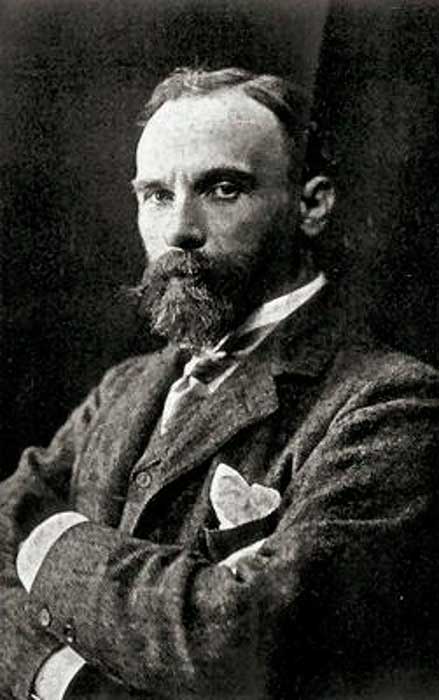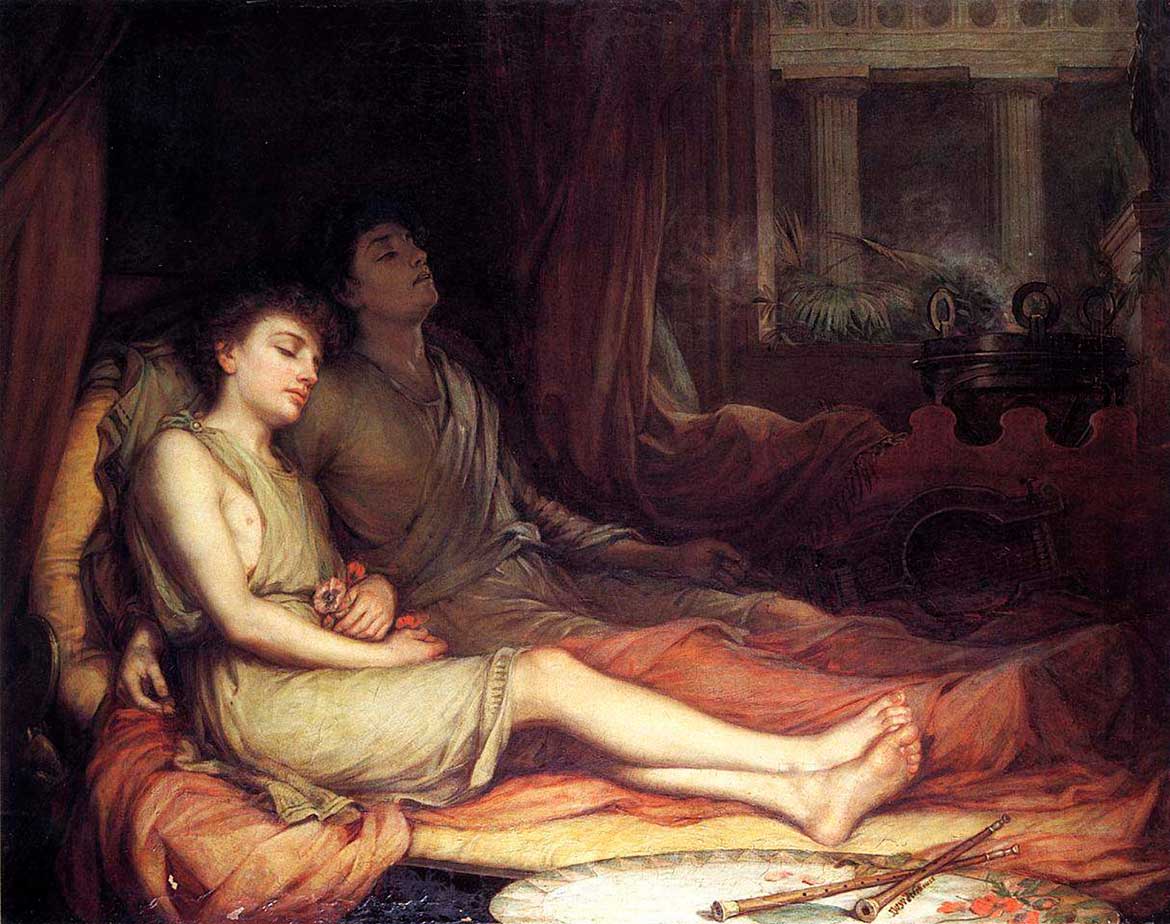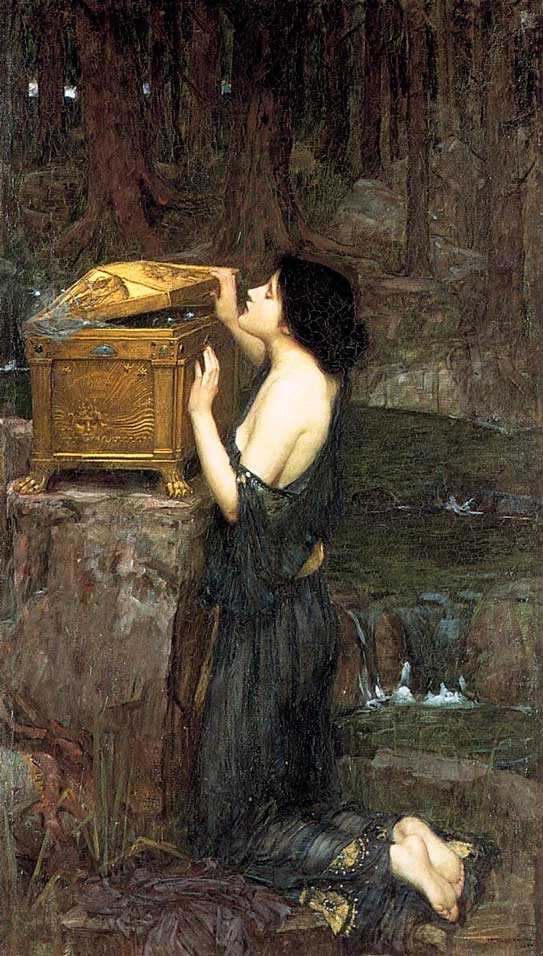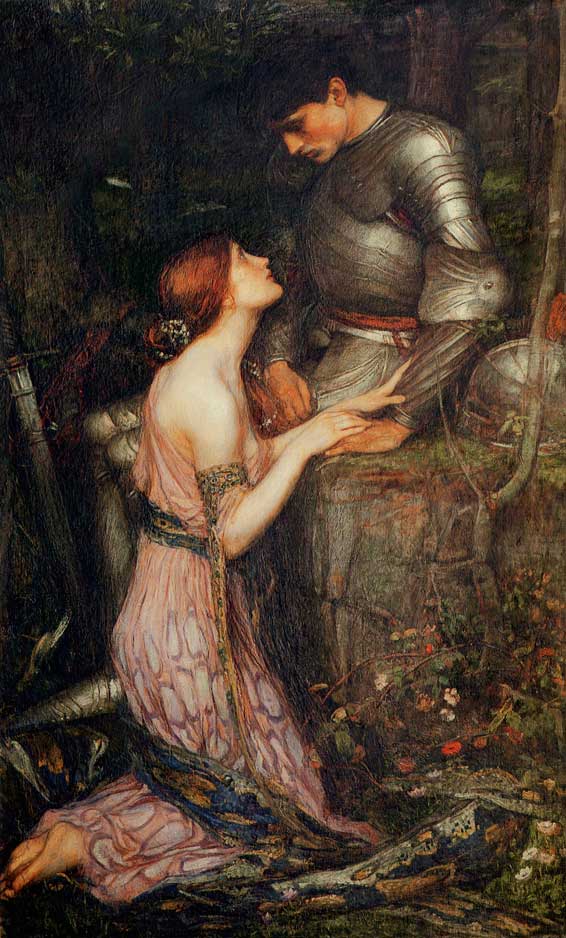John William Waterhouse was born in 1849 in Rome to English parents, also painters William and Isabella Waterhouse. Initially an adherent of academicism, he embraced the style created by the Pre-Raphaelite Brotherhood and gained notoriety for depicting female figures from Greek mythology and Arthurian legends, as well as other literary themes such as works by William Shakespeare, Alfred Tennyson, and John Keats.

John William Waterhouse
His parents returned to London in 1854 and introduced the boy, affectionately called “Nino,” to works of art in the city’s major museums. Young John soon began sketching various works on display in the museums. In 1871, he entered the Royal Academy of Arts.
He studied sculpture before fully dedicating himself to painting in 1874, the year his painting Sleep and His Half-Brother Death, which deals with the Greek gods Hypnos (Sleep) and Thanatos (Death) and was inspired by the deaths of his two younger half-brothers from tuberculosis, gained great success at the Royal Academy’s summer exhibition.

Sleep and his Half-brother Death, (1874)
One of his most famous and favorite works is The Lady of Shalott from 1888, which depicts Elaine of Astolat as portrayed in Alfred Tennyson’s poem. She dies as a result of a curse (unrequited love) after looking directly at the handsome Sir Lancelot.
See also:
-
A arte romântica de Frank Dicksee
-
A mitologia grega por Herbert James Draper
-
A mitologia nórdica na pintura de Nils Blommér
His prestige grew throughout his career. He became a professor at St John’s Wood Art School, joined the St John’s Wood Arts Club, and served on the Royal Academy Council.
He painted until the end of his life. He passed away in 1917 from cancer, leaving behind a legacy of 118 paintings.








